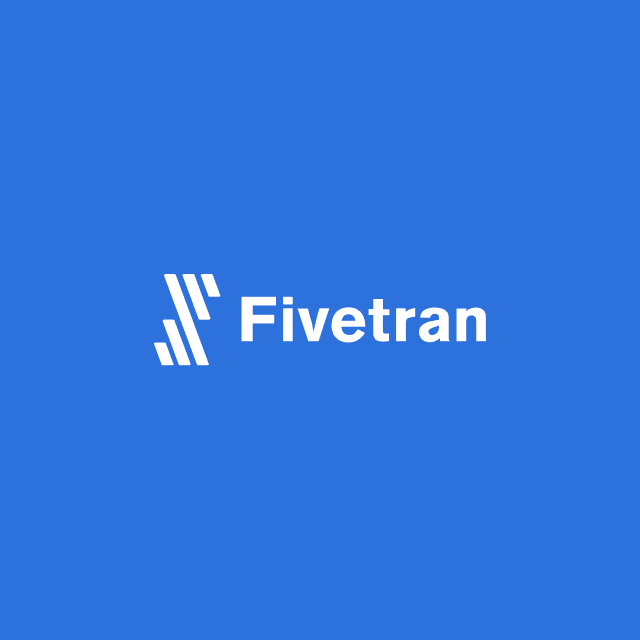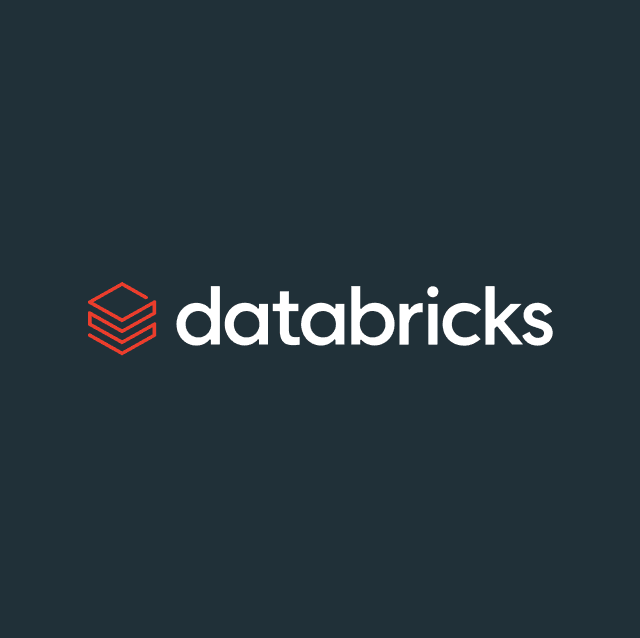We're happy to announce the release of the Hightouch Slack integration. With Hightouch's Slack integration, you can pull the resources and metrics important to your business via SQL and then get notified when these resources and metrics change.
Here are a few example use cases of how this integration could be used.
• Notify your customer success teams when product usage for an enterprise account suddenly drops
• Notify your sales team when product usage of an account surpasses a certain threshold
• Send a daily summary of the number of sign ups, compared to the same day last month
• Send a daily summary on the adoption of a core feature
With Hightouch, all of the above can be accomplished just by writing a SQL statement — no engineering required!
Example case
Let's go in depth on the first example: Notify your customer success teams when product usage for an enterprise account suddenly drops.
Let's suppose that we're a B2B company with the following setup.
-
Each account has their own "workspace" in our app with many users
-
As part of normal usage of the product, users create fictitious resource "widgets" within a workspace
-
Enterprise accounts are expected to create at least 5-10 widgets per week
Let's suppose we want to monitor for workspaces whose usage dips below the expected amount. To make this work, we need to write a SQL statement that returns all enterprise tier workspaces with less than 5 widgets created in the last 7 days.
WITH widget_count_last_7_days AS (
SELECT workspaces.id, count(*) AS count
FROM workspaces
JOIN widgets ON widgets.workspace_id = workspaces.id
WHERE widgets.created_at > (now() - '7 days'::interval)
GROUP BY workspaces.id
)
SELECT workspaces.id, workspaces.name, count
FROM workspaces
JOIN widget_count_last_7_days ON workspaces.id = widget_count_last_7_days.id
WHERE tier = 'enterprise' AND widget_count_last_7_days.count < 5;
The results of this query will contain the IDs and names of the enterprise workspaces whose usage is below normal.
| id | name | count |
|---|---|---|
| 743 | Rite Aid | 1 |
| 384 | ALDI | 1 |
| 528 | CVS | 2 |
(3 rows)
Now that we have a query we want to track, we can set up the Slack integration!
Hightouch detects when rows are added and removed from your query. You can configure a message to be sent for both cases. In this case, we'll leave the latter empty since we're primarily interested in the at risk accounts whose usage has dropped.

You'll now receive an alert message for each account whose usage has dipped below the normal!

How does this differ from the Slack integrations that BI tools offer?
Many popular BI tools, like Looker and Metabase, offer a feature where they can schedule and push results to Slack. How these features differ from the Hightouch Slack integration is a pretty natural question.
A BI tool will dump all results from the query on a set schedule. This is most often used to display aggregate information about some metric over a given time interval. For example, showing some metrics over the last 24 hours every morning.
What BI tools are not good at is providing a dynamic, near real-time feed of changes in data. As an example, Hightouch could send a feed of sign-ups, as they come, with a low (configurable) latency rather than posting all results to Slack each time.
All this being said, sometimes you do want to just dump all results from a query on a schedule. If you don't have a BI tool, or yours doesn't have a Slack integration, Hightouch supports pushing all results of a query on a schedule as well.
Try it for free now
If you want to try out the Hightouch Slack integration, try it for free now!
Or, if you'd like to learn more about the Hightouch platform, schedule a 20min demo now or email hello@highotuch.com.















